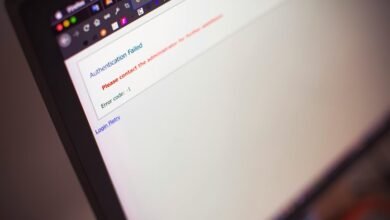Caller Fraud Hotline Monitoring Protection Agency 3715351279 3396303653 3278288839 3509906736 3713968045 3888346766

Caller fraud has emerged as a significant concern, affecting individuals and organizations alike. The Caller Fraud Hotline Monitoring Protection Agency monitors several suspicious numbers, including 3715351279 and 3396303653. This proactive approach aims to enhance caller identification and prevent scams. Recognizing patterns in fraudulent calls is essential. Understanding how to identify red flags can empower consumers. Yet, the strategies employed by the agency raise questions about their effectiveness in an ever-evolving landscape of deceit.
Understanding Caller Fraud and Its Impact
While the rise of digital communication has enhanced connectivity, it has also provided fertile ground for caller fraud, a pervasive issue that affects individuals and organizations alike.
Caller scams exploit trust and anonymity, leading to significant financial losses and emotional distress.
Effective fraud prevention strategies, including awareness campaigns and technological safeguards, are essential to mitigate these risks and empower individuals to protect themselves against such deceptive practices.
The Role of the Caller Fraud Hotline Monitoring Protection Agency
The increase in caller fraud has underscored the necessity for dedicated monitoring and intervention mechanisms.
The Caller Fraud Hotline Monitoring Protection Agency plays a crucial role in enhancing caller identification processes and implementing effective fraud prevention strategies.
Recognizing Suspicious Numbers and Red Flags
Recognizing suspicious numbers and red flags is essential for consumers seeking to safeguard their personal information from potential fraud.
Identifying suspicious patterns, such as repeated calls from unfamiliar area codes or numbers that exhibit unusual dialing sequences, serves as crucial red flag indicators.
Vigilance in recognizing these signs can empower individuals to take proactive measures against deceptive practices and protect their privacy effectively.
Best Practices for Protecting Yourself From Phone Scams
Consumers can implement several best practices to shield themselves from phone scams effectively.
Maintaining scam awareness involves scrutinizing incoming calls and avoiding divulging personal information. Utilizing call-blocking technology can mitigate risks.
Additionally, promptly reporting fraud incidents to authorities helps create a safer environment. Engaging in community education further empowers individuals, fostering a collective defense against phone scams and enhancing overall security.
Conclusion
In conclusion, the Caller Fraud Hotline Monitoring Protection Agency plays an indispensable role in the fight against the pervasive threat of caller fraud. By identifying suspicious numbers and educating the community, the agency arms consumers with the tools needed to thwart deceptive tactics. As phone scams reach epidemic proportions, vigilance and awareness remain paramount. By adopting best practices, individuals can transform themselves from potential victims into formidable defenders of their personal information.




